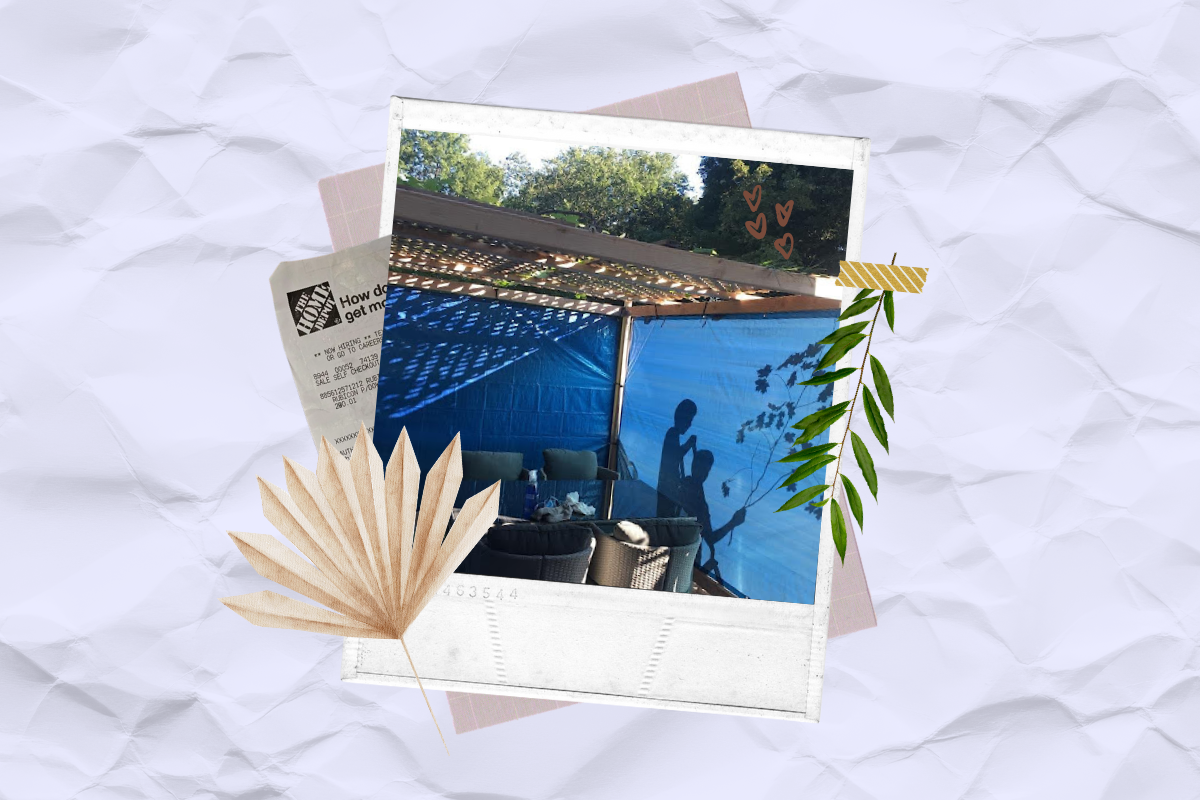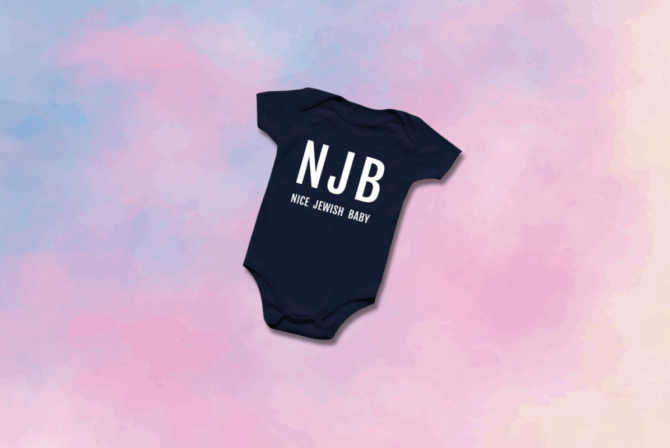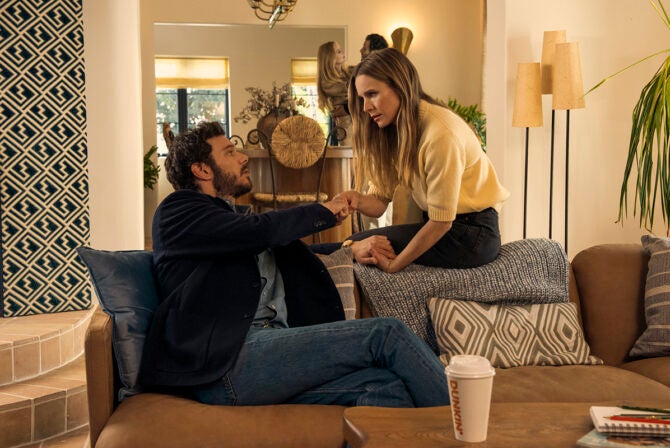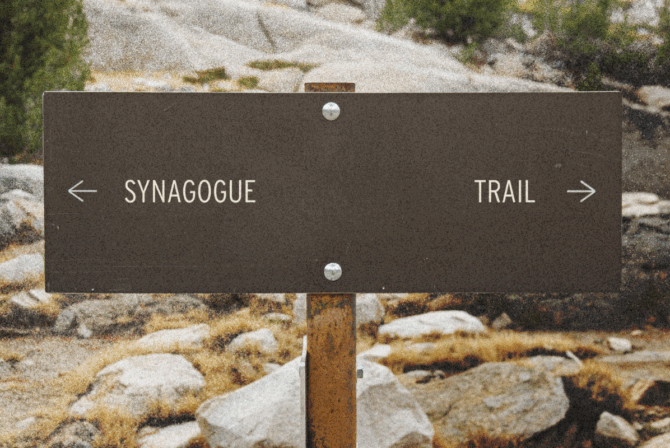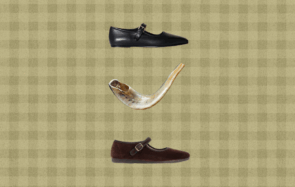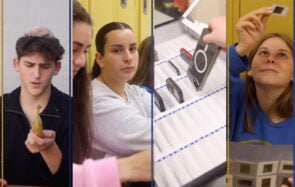When he was two, my son dressed up as a construction worker for Halloween: “Bob the Builder” hard hat on his little head, toolbox in one hand, donut in the other. He loved the cartoon “Handy Manny” too, and any tool that could make, break or shape things.
Though my carpentry talent peaked with IKEA bookshelves, my son’s aptitude grew. Playtime included hammering golf tees into foam. Soon there were obstacle courses built for the neighborhood squirrels, bike ramps in the driveway and a (very unsafe) treehouse in the woods.
Eventually, his building obsession led us to adopt a new (to me) Jewish tradition: building a sukkah for the harvest festival of Sukkot.
Around my son’s 11th birthday, I sat in a friend’s already-constructed sukkah. I don’t recall our conversation that night, only twinkle lights and a pull towards this cozy custom centered on gratitude and nature. I realized that my husband and I had replicated the “Jewish holidays” for our kids with the same Reform traditions we knew from our own childhoods: tablecloths and brisket, shofar and taschlich, fast and break fast. We hadn’t considered new rituals, which meant we’d skipped a hands-on Jewish project perfect for our young family.
Sukkot is based on the biblical commandment to dwell in temporary huts for one week each year to commemorate the “Clouds of Glory,” the protective canopy God created to shepherd the Jewish people through 40 years in the desert following the Exodus from Egypt. It’s a mitzvah most kids will find irresistible: build an outdoor fort and move on in.
In my friend’s sukkah two days before Sukkot officially began, I wondered if it was too late to build a tabernacle of our own. Luckily it turned out it wasn’t, thanks to a menschy friend of a friend who met me at Home Depot. We spent $200 on supplies that first year and rebuilt the same structure for five years. When we moved two years ago, we enlarged the sukkah to fit in more guests and more chairs.
Now that we’ve had practice (and literal screw-ups, like installing brackets upside down), the sukkah building takes about an hour. We reuse the same brackets, screws and fabric walls. We’ve marked the beams so we know what goes where, and hang artwork and strands of beads from our craftier eras.
Sukkot helps me hold onto summertime with a few last outdoor meals, and usher in autumn with bumpy gourds from the farmstand, and tidied up garden beds. Though I try to honor the hallmark of welcoming guests and ushpizin (strangers), we keep things simple — take-out pizza, sushi and s’mores. We order an etrog and lulav set, the plant species that symbolize the holiday, from our local Mitzvah Mamas, and we try to shake and wave them just right. Most sacredly, I try to carve out solo time to read and write during the day in the sweet space we’ve created together.
Following a valiant but short-lived effort launching a sukkah-building business, my builder has moved on to study business and engineering in college. But surprising both of us, I — of the initial IKEA-bookshelf-assembling carpentry skills — have found a way to bring the joy of Sukkot to more families: I wrote a children’s book about it!
This year, when I say “Shehecheyanu” in our sukkah, the Hebrew blessing we recite to honor our first times, I’ll be thinking of my first book, newly released with early childhood development company, Lovevery. Like most of Lovevery’s 120 titles, “A Sukkah for Bella” is a first-person story told with realistic photography, consistent with scientific research that seeing authentic experiences on the page aids budding readers in making connections between story time and life. Last fall, Lovevery’s Idaho-based production team arrived at my back patio in Connecticut to photograph my niece, Bella, the smallest of three siblings as she tries to find a way to help her family build a sukkah. With “A Sukkah for Bella,” I’m proud to share the light of Judaism, alongside Lovevery’s Celebration Books, stories about other special holidays and traditions like Diwali, Lunar New Year, Christmas and even a Simchat Bat.
But more than anything, I’m so excited that more Jewish families — whether they have their own budding Bob the Builders or not — might be inspired to build their own sukkahs.
Wondering if you can build a sukkah this year? Yes, you can!
If you’re tempted to have a tabernacle all your own this year, check out Jodie’s tried-and-true set of instructions, including a Home Depot shopping cart loaded with everything you’ll need.
A Sukkah for Bella is available on Amazon and in Lovevery’s online shop.
